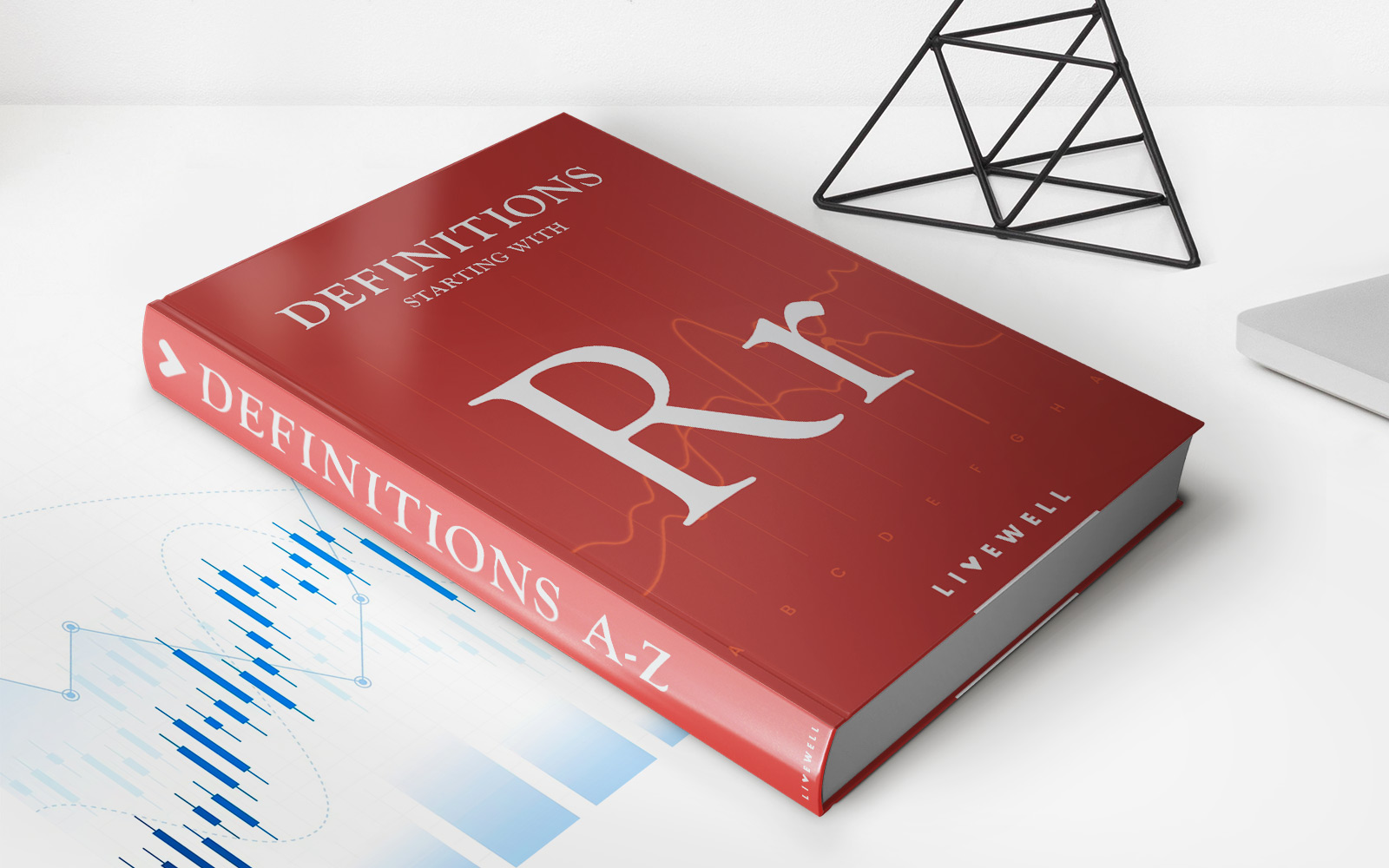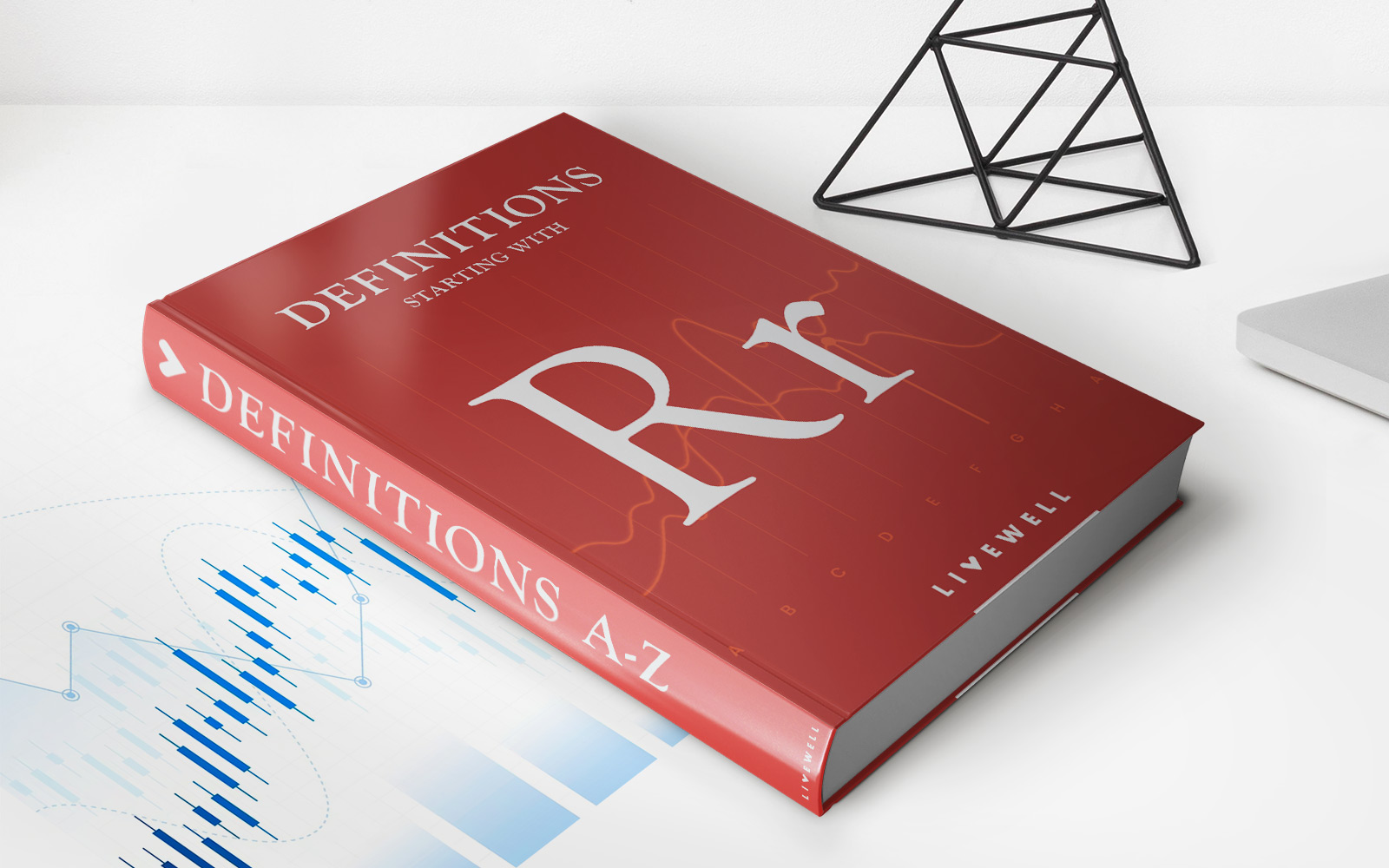Home>Finance>Net Internal Rate Of Return: Definition, Uses, And Example


Finance
Net Internal Rate Of Return: Definition, Uses, And Example
Published: December 30, 2023
Learn the definition, uses, and example of Net Internal Rate of Return in finance. Maximize your financial returns with this powerful analysis tool.
(Many of the links in this article redirect to a specific reviewed product. Your purchase of these products through affiliate links helps to generate commission for LiveWell, at no extra cost. Learn more)
Understanding Net Internal Rate of Return: Definition, Uses, and Example
When it comes to understanding the performance of an investment, there are various financial metrics that investors rely on. One such metric is the Net Internal Rate of Return (Net IRR). But what exactly is Net IRR and how can it be used to evaluate the profitability of an investment? In this article, we will explore the definition, uses, and provide an example to help you grasp this concept.
Key Takeaways:
- The Net Internal Rate of Return (Net IRR) is a financial metric that measures the average annual rate of return an investor can expect to earn over the holding period of an investment.
- Net IRR takes into account both the cash inflows and outflows and factors in the time value of money.
What is Net Internal Rate of Return?
The Net Internal Rate of Return (Net IRR) is a financial metric that calculates the average annual rate of return an investor can expect to earn over the holding period of an investment, taking into account both the cash inflows and outflows. Essentially, it measures the profitability of an investment by factoring in the time value of money.
To calculate the Net IRR, one must discount future cash flows, which include both the initial investment and subsequent cash inflows, using a predetermined discount rate. If the Net IRR is greater than the desired or expected rate of return, the investment is considered profitable.
Why is Net Internal Rate of Return Important?
Net IRR is an important metric for several reasons. Here are some of its main uses:
- Evaluating Investment Opportunities: Net IRR helps investors compare different investment opportunities and determine which one offers the highest potential return. By comparing the Net IRR of various investments, investors can make more informed decisions and allocate their capital to the most profitable options.
- Assessing Risk: Net IRR also helps investors assess the level of risk associated with an investment. A higher Net IRR indicates a potentially higher return, but it also comes with increased risk. By comparing the Net IRR to the desired or expected rate of return, investors can gauge whether the investment is worth the risk.
Example of Net Internal Rate of Return Calculation
Let’s consider an example to illustrate how to calculate Net IRR.
Suppose you are evaluating two investment opportunities: Option A and Option B. Option A requires an initial investment of $50,000 and is expected to generate annual cash inflows of $10,000 for the next five years. Option B requires an initial investment of $100,000 and is expected to generate annual cash inflows of $25,000 for the next five years. The discount rate used in the calculation is 8%.
To calculate the Net IRR for Option A:
- Year 1: $10,000 / (1 + 0.08)^1 = $9,259.26
- Year 2: $10,000 / (1 + 0.08)^2 = $8,564.22
- Year 3: $10,000 / (1 + 0.08)^3 = $7,927.53
- Year 4: $10,000 / (1 + 0.08)^4 = $7,343.28
- Year 5: $10,000 / (1 + 0.08)^5 = $6,806.07
To calculate the Net IRR for Option B:
- Year 1: $25,000 / (1 + 0.08)^1 = $23,148.15
- Year 2: $25,000 / (1 + 0.08)^2 = $21,415.06
- Year 3: $25,000 / (1 + 0.08)^3 = $19,834.89
- Year 4: $25,000 / (1 + 0.08)^4 = $18,398.02
- Year 5: $25,000 / (1 + 0.08)^5 = $17,096.21
Now, sum up all the present values for each option:
Option A: $9,259.26 + $8,564.22 + $7,927.53 + $7,343.28 + $6,806.07 = $39,900.36
Option B: $23,148.15 + $21,415.06 + $19,834.89 + $18,398.02 + $17,096.21 = $99,892.33
With the Net IRR calculation, we can determine that Option B has a higher Net IRR and thus offers a better return on investment compared to Option A.
In conclusion, Net Internal Rate of Return (Net IRR) is a powerful financial metric that enables investors to evaluate the profitability and risk of investment opportunities. By calculating the Net IRR and comparing it to the desired or expected rate of return, investors can make informed decisions and maximize their returns.














